A team of CLTS Foundation visited the estuarian island of Bali in Sundarbans, West Bengal on 20th January 2021. It was precisely a reconnaissance visit to explore the possibilities of strengthening the intervention on rural sanitation along with agriculture and livelihood development. The team was led by Dr Kamal Kar Chairman of CLTS Foundation.
Gosaba Block of Bali Island is an isolated island in the mouth of Vidya river falling into Bay of Bengal. The island is disconnected from the main land of West Bengal and is totally isolated without any connectivity by road or any other means other than water transport. There are ferry launches those shuttle between Bali and Godhkhali, which are not only very few in number but also uncertain in their services that depends mainly on the weather conditions. However, the connectivity by water transport including small private motor boats and private launches is far better in winter and summer months as compared to monsoon and rainy season July – September. Cyclonic storms and high tides make the connections difficult and the people of Bali island mostly depend on the market and other basic facilities available in the island. There is no regular supply of electricity from the main land. However solar lights and generators are being used by private business enterprises and tourist establishments. Bali island is mainly famous for the purpose of tourism in and around Sundarbans. This is the entry point of tourist visiting the Sundarbans delta, its unique mangroves, flora, fauna and bird sanctuaries. There are 102 small islands in the Bay of Bengal delta comprising mostly Sundarbans of which 54 islands have human habitations and the rest are forest area. In general the people living in these islands depends on rain-fed agriculture, fisheries, honey collections, catching fish and crabs and inland fisheries. Most of the 250 households scattered in Bali (Gram panchayat 1 and 2) have small ponds and ditches in their homesteads. Mostly Indian Major Carp: Catla (Catla catla) Mrigal (Cirrhinus cirrhosis) and Rohu /Rui (Labeo rohita) and a few other fishes are cultivated in these ponds for domestic use and occasional sale in the market. The dyke of most of these ponds have high density plantation of banana, lemon, elephant food yam and seasonal vegetable (cabbage, tomato, chillies, potatoes and different gourds). Overall the village looks lush green around the homesteads.
The agricultural land of Bali is mostly mono crop area where only rice is grown during rain-fed Kharif season. Due to shortage and uncertainty of irrigation, winter crops like Boro rice, mustard, potatoes or such other crops are not grown by the farmers largely. The old practice of inter cropping with Khesari dal, which is broadcasted before the harvest of kharif rice is a common practise by the farmers. In more than 25% of the crop land the traditional variety of rice is still grown. These varieties have the capacity of tolerating flash floods and deep water logging. As the water level grows the rice crop also grows and the panicles of rice plant stays above the water level.

As a result the straw of such variety of rice is very long, which remains submerged in the water at least for three months. Often the rice is harvested using boats. When the water recedes, these half rotten paddy straws which is unfit for consumption of cattle are stored for the purpose of using them as fuel. These straws also can be used for thatching houses. Since the roof thatching has mostly become obsolete and most houses have concrete, Corrugated Galvanised Iron or asbestos roof. Some farmers burn the straw right in the field in order to reduce the labour cost to bring them all the way to homesteads. These farmers use threshing machine right into the field and bring paddy home and leave the straw in the field. The farmers do as there is no second or third crop is grown in the same field due to lack of irrigation.
 The local variety of rice that is grown are Dudheshwar and Masuri. It seems that the farmers having 1-2 bigha (1.6 acres approximately) of land can easily produce their annual household requirement of rice or at least 10 months stock of rice depending on the size of the family. Often the farmers sell the finer variety of rice Dudheshwar to open market and keep the coarse variety of rice (Miniket) for home consumption.
The local variety of rice that is grown are Dudheshwar and Masuri. It seems that the farmers having 1-2 bigha (1.6 acres approximately) of land can easily produce their annual household requirement of rice or at least 10 months stock of rice depending on the size of the family. Often the farmers sell the finer variety of rice Dudheshwar to open market and keep the coarse variety of rice (Miniket) for home consumption.
Along with agriculture most houses have smaller livestock like Bengal goats, sheep, poultry, country chicken and ducks. Local breed of Bengal cattle (Zebu) is also maintained by some families. The castrated male of these cattle are used for ploughing (bullocks) and the female calf are reared to meet the household requirement of milk. As the availability of fodder is abundant because of vast grazing land and luxuriant growth of grass along the aisles of the crop land. The availability of green fodder is assured to some extent during the wet season. The cow and poultry manure is used in the crop field.
Mangrove ecosystem is a very special environment that exists between the upland and the sea and the low lying land rolling into the sea in the tropical and subtropical regions. It is a transitional ecotone which supports a unique variety of plant community collectively known as the mangrove. The mangrove plants are specially adapted to thrive under varying salinity,

recurrent tidal inundation and periodic desiccation. The mangrove forests with their typical root-system play an important role in protecting and extending the coastline, by trapping sediments and binding the soils. The mangrove ecosystem is also known to support fishery, by developing a detritus-based food-web and help regulating regional climate. It is the natural abode of many groups of animals and large number of species are known to feed, breed and take shelter in this ecosystem.
The CLTS Foundation team left from Kolkata to Gadkhali by road and then by a boat to the Bali Island. From Gadkhali the team travelled for two hours by motorboat and reach Bali Island. The team stayed at the remote location in Bali for two days in a guest house. After arriving at the island, the team had to walk down a kilometer to a small private guest house. The road which led to the guest house was in fact the embankment on Vidya river to protect the adjoining villages from flood and saline water. The path on the embankment was quite rough, uneven and had the mark of recurrent flood damage. During their stay the team had the opportunity to walk around the block consisting of GP 1 and GP 2 to have an initial understanding of the community, their cropping systems, livelihood pattern and the ecology of the area.
The area of intervention is a remote location, by road it is not feasible to visit the place. During the team’s visit to the place it was understood that it is an agrarian community which mainly practices monocropping. At the moment the primary need of the area is ensured supply of irrigation water during the dry season for the farmers to grow different crops and increase the cropping area of winter rice. If the supply of fresh water is available then other economic and social issues of the community will get resolved. Supply of fresh water for irrigation can help the community adapt to modern agriculture technology to intensify agriculture production. Though the government has done a few interventions like installation of solar lights, construction of household and community toilets and construction of barrages and boat landing station (Kheya Ghat), sadly its deteriorating due to lack of maintenance.
 Some of the major observations were that each block had about 250 households with each household having at least 1-2 (32 decimals is a bigha) bighas of land. All households had their own pond and uses wood, cow dung and crop residues as their main sources of fuel. Though few households still used cooking gas, it was sparingly used only to warm and heat food as cooking gas was considered quite a luxury as it is expensive. On the contrary wood is available in abundance which is harvested mostly from local bushes and forest to meet their fuel needs round the year except in the rainy season. During the wet season the better off families resort to cooking stoves.
Some of the major observations were that each block had about 250 households with each household having at least 1-2 (32 decimals is a bigha) bighas of land. All households had their own pond and uses wood, cow dung and crop residues as their main sources of fuel. Though few households still used cooking gas, it was sparingly used only to warm and heat food as cooking gas was considered quite a luxury as it is expensive. On the contrary wood is available in abundance which is harvested mostly from local bushes and forest to meet their fuel needs round the year except in the rainy season. During the wet season the better off families resort to cooking stoves.
Only a few households who had land near the canal could grow multiple crops. Some households practiced boro rice cultivation as a second crop. Rain-fed Kharif rice cultivation is the major cropping system, dykes of ponds were used for cultivating seasonal vegetables. In some lowline areas flood and saline tolerant deep-water paddy was being cultivated along with HYV (High Yielding Variety) of rice by some farmers in the Rabi season with irrigation.
Knol-khol (Kohlrabi), cabbage, onions, chilies, spinach, brinjal, ladies’ finger and numerous other summer and winter vegetables are grown. However, the farmers don’t get a lucrative price for their produce. The major hurdle in getting a good price for their agricultural produce is the difficulty in transportation and communication with the main land. The producers are compelled to sell their produce in the local daily and weekly market. The weekly market is larger and is organized two times in a week. The wholesale purchasers from the nearby towns/cities purchase the produce in bulk from the local producers and take them away for sale in urban markets. This way the major chunk of the profit is taken away by middlemen. Developing a farmer friendly market channel would immensely benefit the local producers who could sell their crops and vegetables at the farm gate and improve their economy by reducing the exploitation by middlemen to some extent.
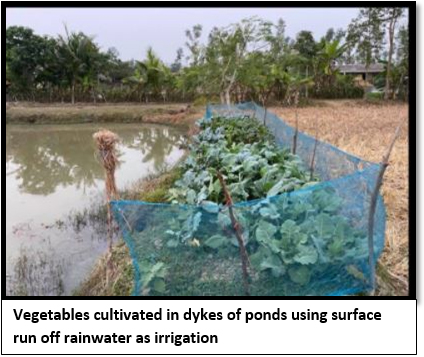 Since there are also no standard ferry services between Bali and Gadkhali (mainland) which requires around 2 and a half hours by motor launch, the overall development of this island is stuck due to lack of easy transportation and communication. Only a few motor launch operate in the area mainly for tourists who hire them privately. The condition of the health and education system is no better, although there is a primary health centre on the island, for any serious health complications the patient must be taken to Gosaba hospital which is about one and a half hours from Bali. The village primary school caters to the immediate education of the children however, only one primary school in the village provides basic primary education after which the children must travel outside the village for their secondary or higher education.
Since there are also no standard ferry services between Bali and Gadkhali (mainland) which requires around 2 and a half hours by motor launch, the overall development of this island is stuck due to lack of easy transportation and communication. Only a few motor launch operate in the area mainly for tourists who hire them privately. The condition of the health and education system is no better, although there is a primary health centre on the island, for any serious health complications the patient must be taken to Gosaba hospital which is about one and a half hours from Bali. The village primary school caters to the immediate education of the children however, only one primary school in the village provides basic primary education after which the children must travel outside the village for their secondary or higher education.
Sanitation is an issue here also, open defecation is just practiced by some individuals. Most families have their own toilets. However, other basic hygiene behaviour was not practiced by the people at large as a result of which dysentery and diarrhoea was rampant among the families.
There are almost 20 self-help groups in each block. ‘Narikalyan Mahila Samiti’ is one of them, it provides financial aid to villagers in the form of small loans/credit.
As mentioned earlier the Haldi canal offers a great potentiality to boost up agriculture and local economy. The natural canal is silted and has reduced in size considerably over the years. This Haldi canal offers a great potential to the community of Bali and with some external investment and local contribution the canal has the potentiality to double the cropping intensity.
Apart from lack of transportation & sanitation the community also faces major challenges due to scarcity of water. There is an inadequacy of irrigation water and on top of that rainwater which is the main source of fresh water is also not harvested adequately to meet water requirements in the lean season. Due to this scarcity of water only one crop is grown in a year, if two crops can be grown in a year it will help the social and economic upliftment of the households.
As farming is the main occupation and only one crop is cultivated in a year, the women of the community have plenty of free time during the lean agricultural season. The work load is high during three- four months of peak cultivation in a year.
Cyclones are also not uncommon in these areas, most storms and cyclones from the Bay of Bengal affect these areas every monsoon and recently cyclone Amphan has wreaked havoc in the area. And if that wasn’t enough man-eating Royal Bengal Tigers roam from the nearby core forest area and may sometimes wander into settlements and attack villagers and livestock. Though the last tiger attack was 5 years ago the fear of another tiger attack is always looming in the minds of the people. Even if the villagers survives the man-eating tigers and the cyclones they still have to worry about disease such as dysentery and diarrhoea which arise due to open defecation.
Poverty runs rampant in these lands, in order to enhance the income from agriculture and animal husbandry the Bali island has many options. Semi-intensive livestock farming through selective breeding for improving/upgrading the local breed of cattle, goat and sheep may be organized. Specially selected breeding bulls, bucks and rams may be kept with the selected farmers whose services should be made available to interested farmers who would like to upgrade their livestock by paying a token service charge. This could be arranged and organized by local villagers with the help of animal resource department and NGOs. This upgradation program with the local selection will not only restore the genetic potential of livestock of Sundarbans but boost up the local economy from milk, meat and wool. It is important to keep in mind that introduction of exotic breeds to upgrade the local livestock haphazardly might destroy the strong genetic potential appropriate for this ecosystem evolved over hundreds of years. Apart from animal husbandry introduction of processing, packaging and marketing of local honey could offer a huge revenue for livelihood development of the local people.
As the concept of eco-tourism is rapidly becoming popular, selected families could be trained on eco-tourism. Detailed information about the local flora, fauna, aquatic life, wildlife, animal behaviour, man animal conflict, environmental conservation and indigenous biodiversity protection could be given to interested tourists. Selected families and youth could be trained on eco-tourism, these trained youth could organize specialized tours for interested tourists. Some interested youths could even provide homestays for tourists who are more interested in living closely with the local environment and population.
In conclusion the Sundarbans of West Bengal offers a great opportunity to develop this fragile ecosystem with its unique flora and fauna many of which is at the margin of extinction. This could be a global example of harmonious man and nature coexistence.
While CLTS Foundation is committed to extend support for the cause of protecting and restoring the unique biodiversity including the reduction in man-environment conflict. We welcome any help and support from interested institutions/ individuals.

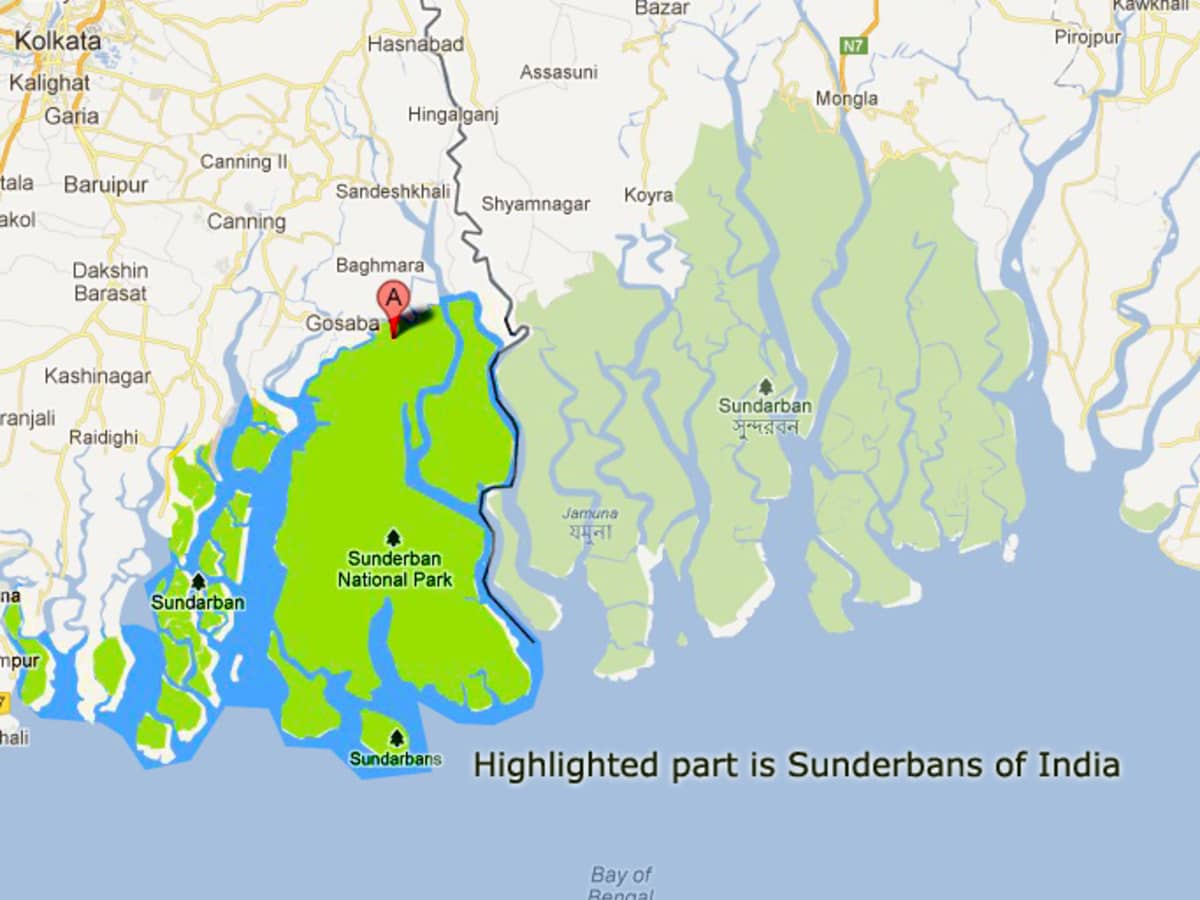
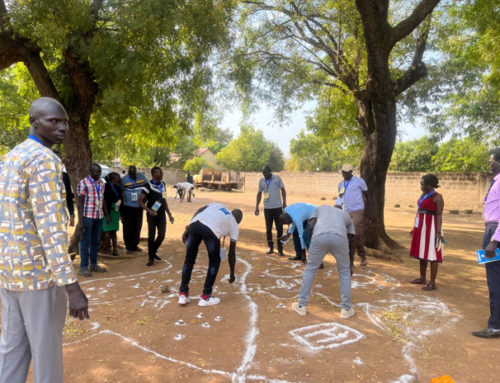
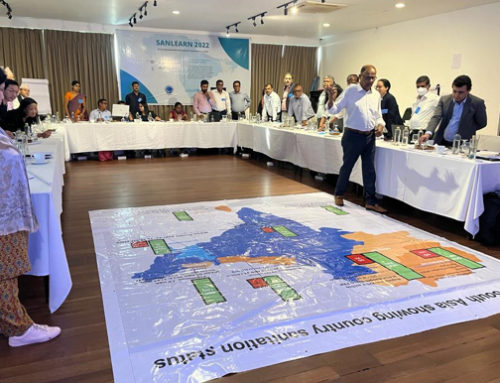
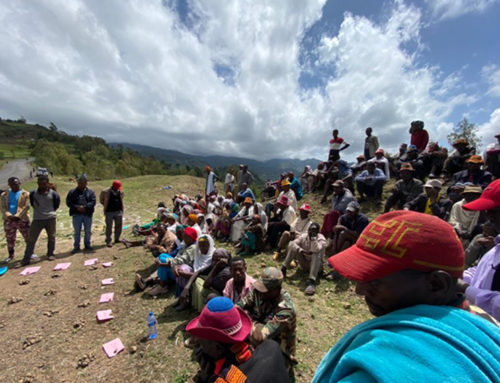

Leave A Comment